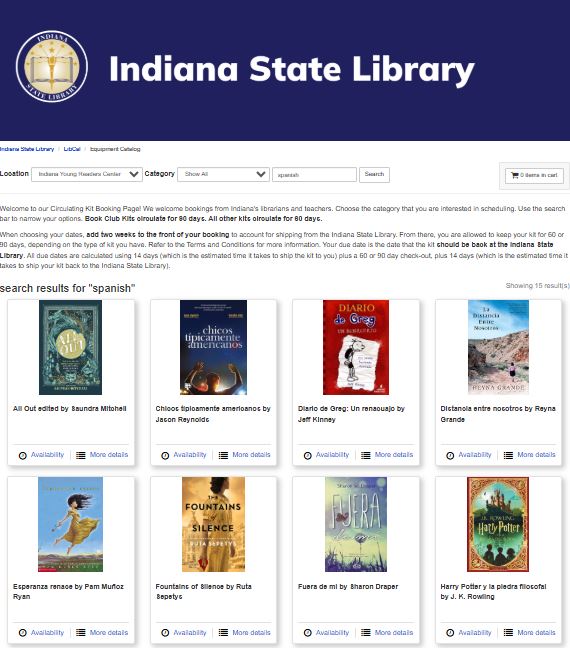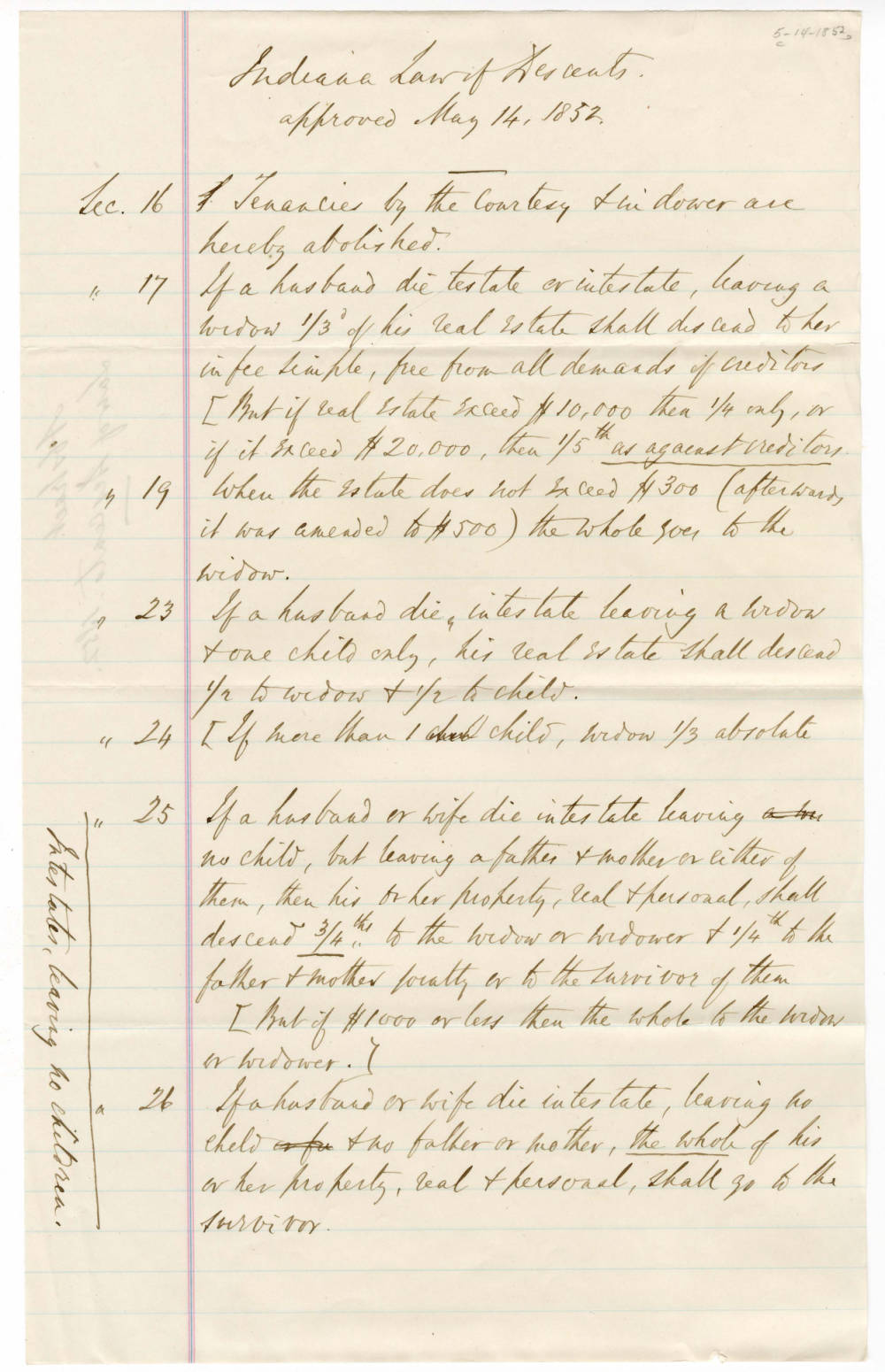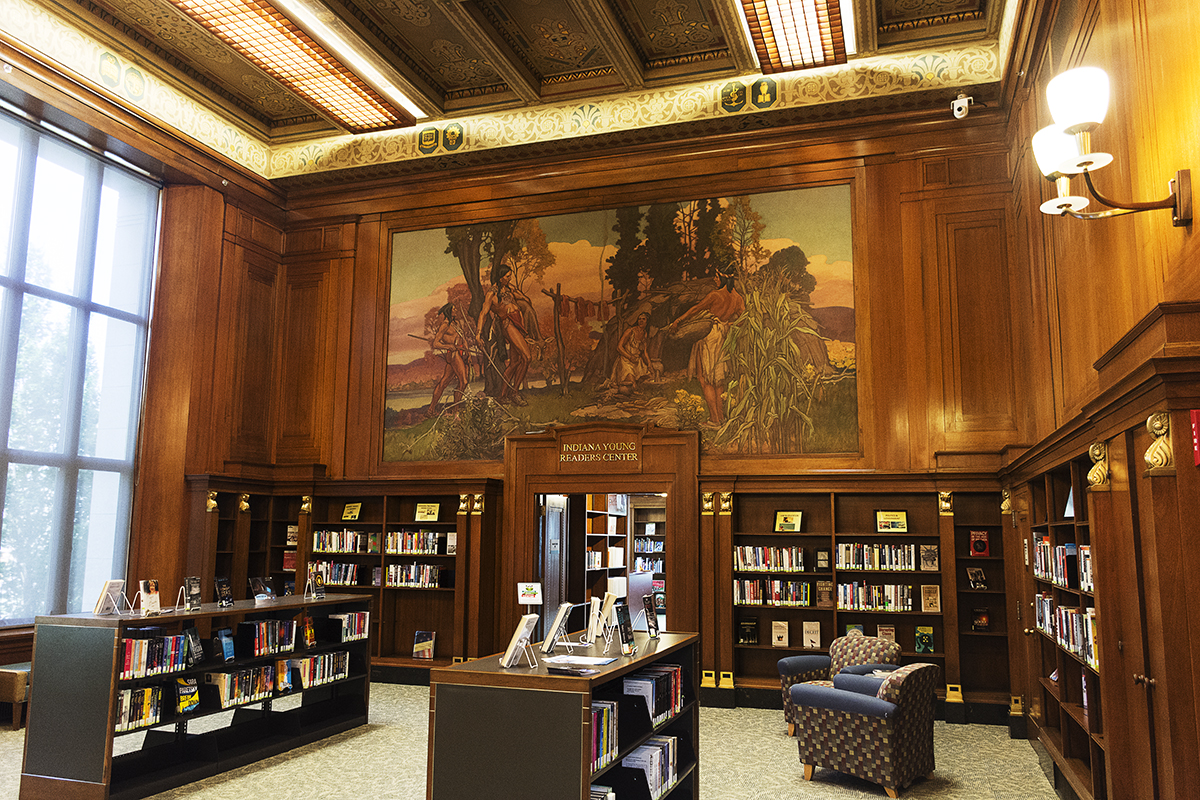Libraries in Indiana are vibrant community hubs offering a range of events, from book clubs and author talks to STEM workshops and family movie nights. While these events enhance community engagement, they also come with legal considerations that librarians must address to protect their institutions and participants. The following are key legal issues Indiana librarians should be aware of when planning and hosting events, ensuring a smooth and compliant experience for all.
Many library events involve the use of copyrighted materials, such as books, movies, music or art. Public performance rights are a critical aspect to consider, particularly for movie nights or live readings. Showing a film requires a public performance license, even if you own the DVD or digital copy. Playing music at events, whether live or recorded, may require licenses from organizations like the American Society of Composers Authors and Publishers (ASCAP) or Broadcast Music, Inc. (BMI). Readings and story times typically fall under fair use but large-scale or paid ticketed events would likely require additional permissions and possibly even an amusement and entertainment permit.
 Hosting events introduces risks which could include injuries, property damage or unforeseen emergencies. Libraries should be sure to have appropriate liability protections in place. General liability insurance should cover accidents or injuries that occur during events. Review your library’s insurance policy to ensure adequate coverage for events. Use participant waivers for high-risk activities, such as physical workshops or outdoor events. Require vendors or performers to provide proof of insurance for services provided at the event. Conduct safety assessments for event activities and clearly communicate rules and expectations to participants.
Hosting events introduces risks which could include injuries, property damage or unforeseen emergencies. Libraries should be sure to have appropriate liability protections in place. General liability insurance should cover accidents or injuries that occur during events. Review your library’s insurance policy to ensure adequate coverage for events. Use participant waivers for high-risk activities, such as physical workshops or outdoor events. Require vendors or performers to provide proof of insurance for services provided at the event. Conduct safety assessments for event activities and clearly communicate rules and expectations to participants.
The Americans with Disabilities Act mandates that library services and programs, including special events, must be accessible to individuals with disabilities. Ensure physical venues are wheelchair accessible, including entrances, seating and restrooms. Provide accommodations, such as sign language interpreters or assistive listening devices, when requested. Digital events must meet accessibility standards, including captioning for videos and screen reader-compatible materials. Plan for accessibility from the outset, rather than as an afterthought. Include an accessibility statement in event promotions, inviting participants to request accommodations. Train staff on ADA requirements and best practices for inclusive programming.
Events for children and teens often involve specific legal considerations, including consent and supervision. Develop and use parental consent and release forms for events that include photographs, videos or off-site activities. Libraries could even include this language in the activity sign-up forms. Ensure adequate adult supervision during children’s programs, whether that means requiring parents to attend the event with their children or whether it means diverting additional library staff to assist with the program. Clearly communicate expectations for parent or guardian participation when necessary and avoid collecting unnecessary personal data from minors.
Collaborating with outside vendors, authors or performers for events requires clear, enforceable agreements. Define the scope of services, payment terms and cancellation policies. Include clauses addressing copyright, liability and insurance requirements. Maintain thorough records of agreements and communications with vendors and clarify expectations for promotion, setup and cleanup responsibilities.
Post clear signage at events informing participants about photography or recording. Libraries can also address whether there will be photography or videography at the event in the sign-up form, state how images will be used and include consent for use language. Store and use images responsibly, adhering to your library’s privacy policies.
Library events are a cornerstone of community engagement, but they come with legal responsibilities that Indiana librarians must navigate. By addressing copyright compliance, liability, accessibility and other legal concerns proactively, libraries can create events that are not only enjoyable but also legally sound.
This blog post was written by Sylvia Watson, library law consultant and legal counsel, Indiana State Library.





















